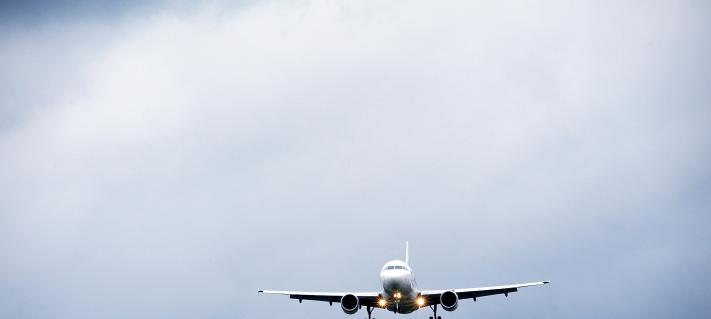To celebrate Finland’s centenary, Finavia is publishing a ten-part series on the history of Finnish aviation from the last ten decades. This installment focuses on the 1950s.
The 1950s were a time of reconstruction after the war. Finland had to the pay the Soviet Union hefty war reparations, and the Finnish nation was still recovering from wartime. The year 1952 has been seen as turning point: the war reparations were finally paid in full, and Helsinki hosted the Olympics. The wealth and well-being of Finnish people started to increase. Finnish aviation and flight travel also took major steps, one of the most important being the opening of Helsinki Airport for the Olympic games.
”The need for a new airport was directly related to the Olympics, but in other ways as well, Finnish air travel had outgrown the previous Malmi Airport,” says Valeri Saltikoff, a specialist Finnish Aviation Museum.
Partially this was due to the development of new technology. During the 1950s, jet engine airplanes – which had previously been top-secret military technology – were taken into use for passenger flights.
”Jet planes were larger and faster than previous propeller models, which meant growing passengers volumes and longer journeys. The very first jet plane landed in Finland in 1952, when Great Britain’s Prince Philip arrived for the Helsinki Olympics with a de Havilland Comet aircraft.”
First package holidays by plane and bus
As Finnish people’s standards of living rose during the 1950s, travelling became a more and more popular past-time. Travel agencies were founded in the larger cities, the first one being Olympia, which arranged charter flight trips to the Middle East: Jordania and Egypt. However, air travel was quite different from today’s standards where flights take you directly to your destination.
”Olympia’s trips lasted for several weeks. Two different groups of tourists set off at the same time: one by plane, one with a Wolkswagen bus. Both took a lengthy route through, for instance, Sweden, Denmark, Germany, Greece and Middle Eastern countries. Time at the destination was only a few days, before the groups switched vehicles and travelled back through the same route,” Saltikoff explains. “The journey there was much more important than time at the final destination.”
Aero dominated the air travel business
In the regular flight routes, Finnish air travel was largely dominated by Aero (today Finnair) which was taken into governmental control after the war, but smaller airlines also operated some routes and charter flights. Among others, the legendary Kar-Air, owned by Karhumäki brothers, started operating in early 1950s and continued onto the 1990s as Finnair’s subsidiary.
”Besides Aero, the other airlines weren’t financially very profitable. The old saying proved to be accurate: ‘It’s easy to become a millionaire in the airline business – if you start out as a billionaire’,” Saltikoff says.
Ex-fighter pilots flying commercial flights
Another special characteristic in aviation during the decades after the war was that many miliatary pilots started flying commercial flights.
”That meant that your captain on regular flight was likely a veteran who had served as a fighter or bomber pilot in the war. For instance, one of the most successful Finnish fighter aces, Olli Puhakka, worked as a flight captain for Aero in the 1950s and 60s,” Saltikoff says.
The next installment will share the story of Finnish aviation in the 1960s.



